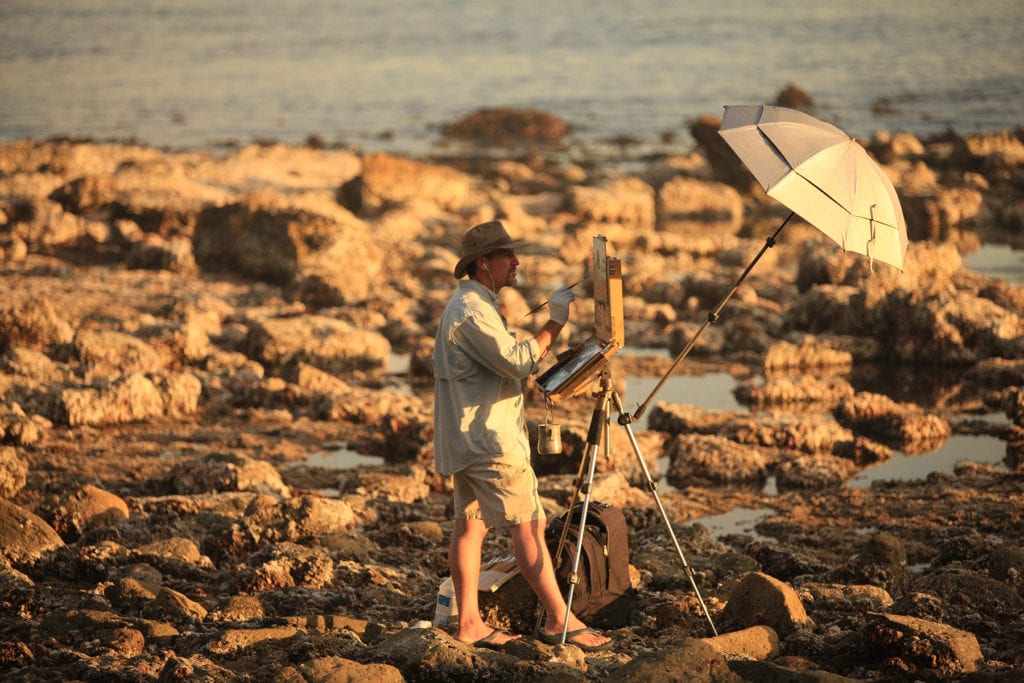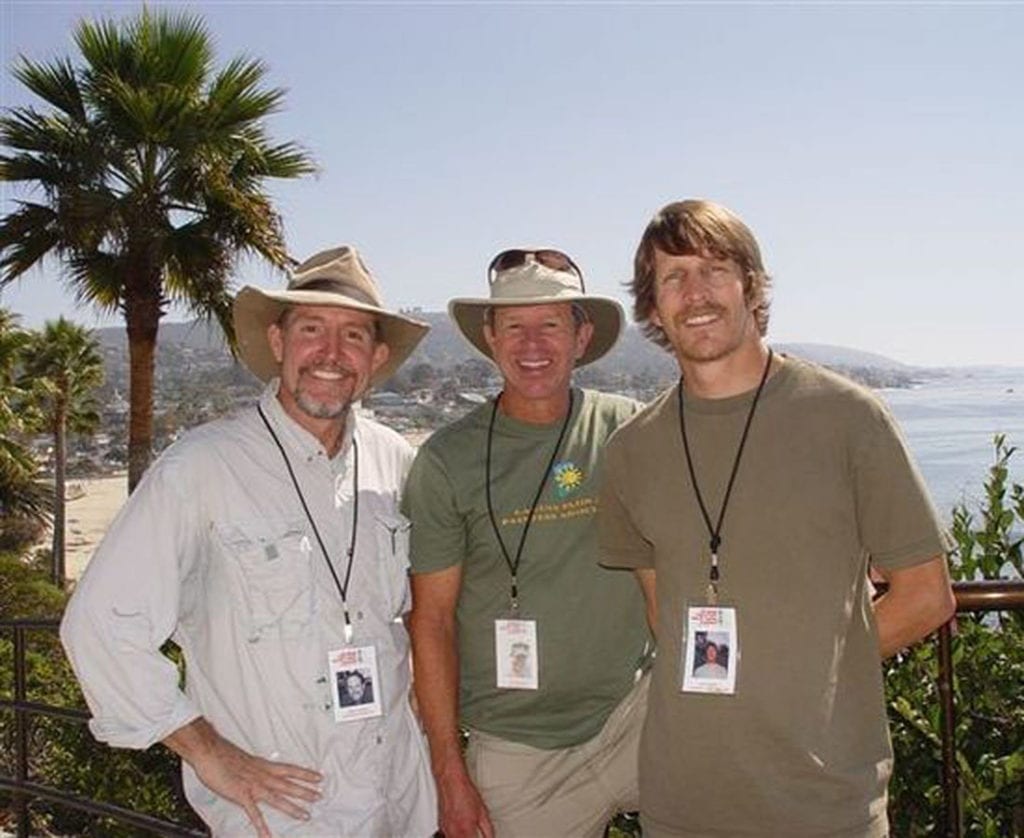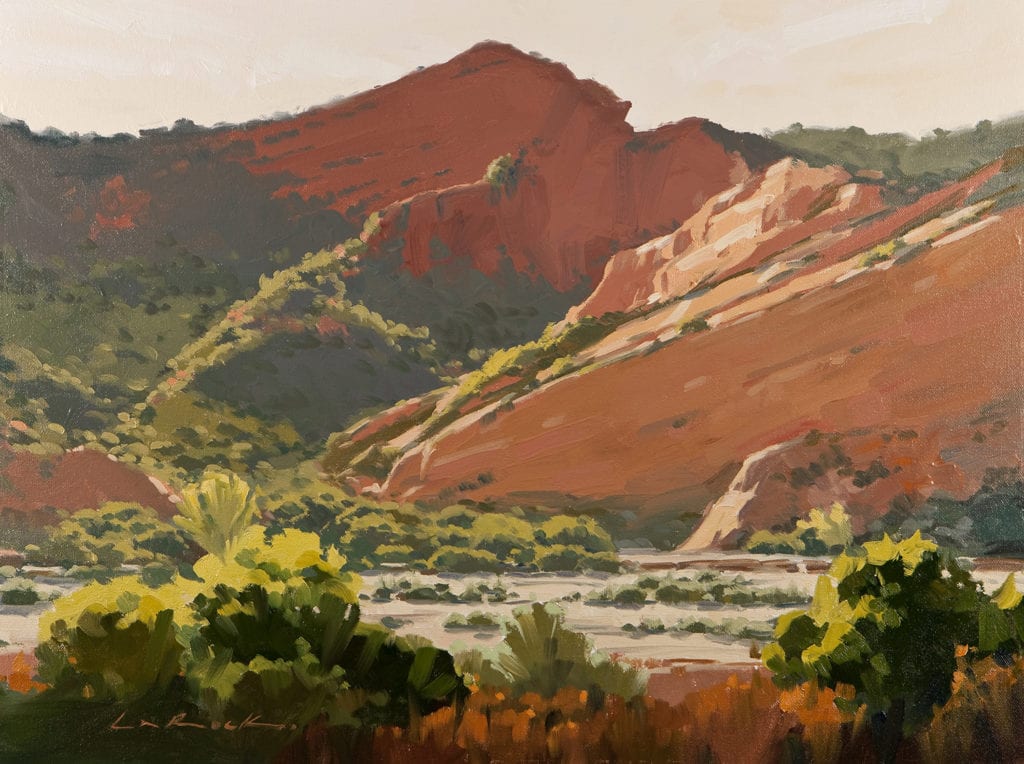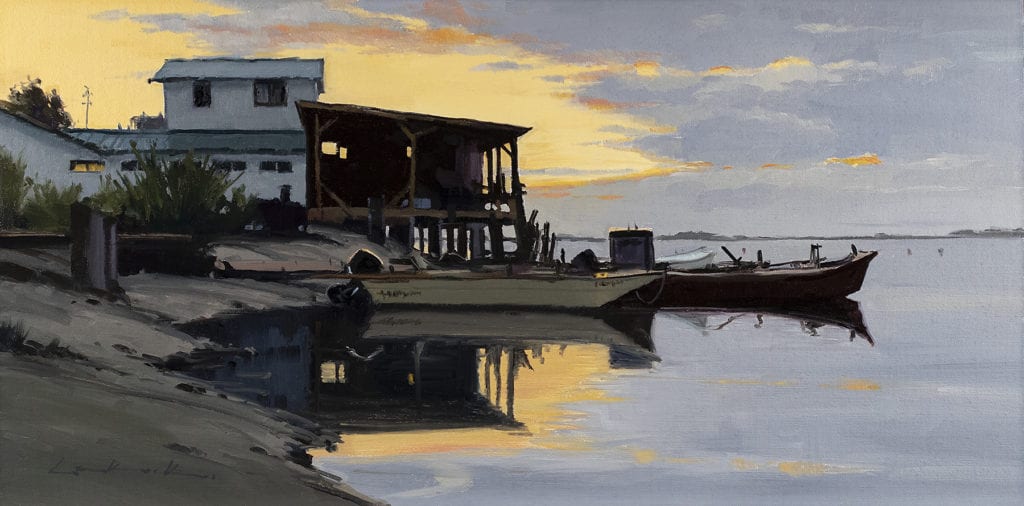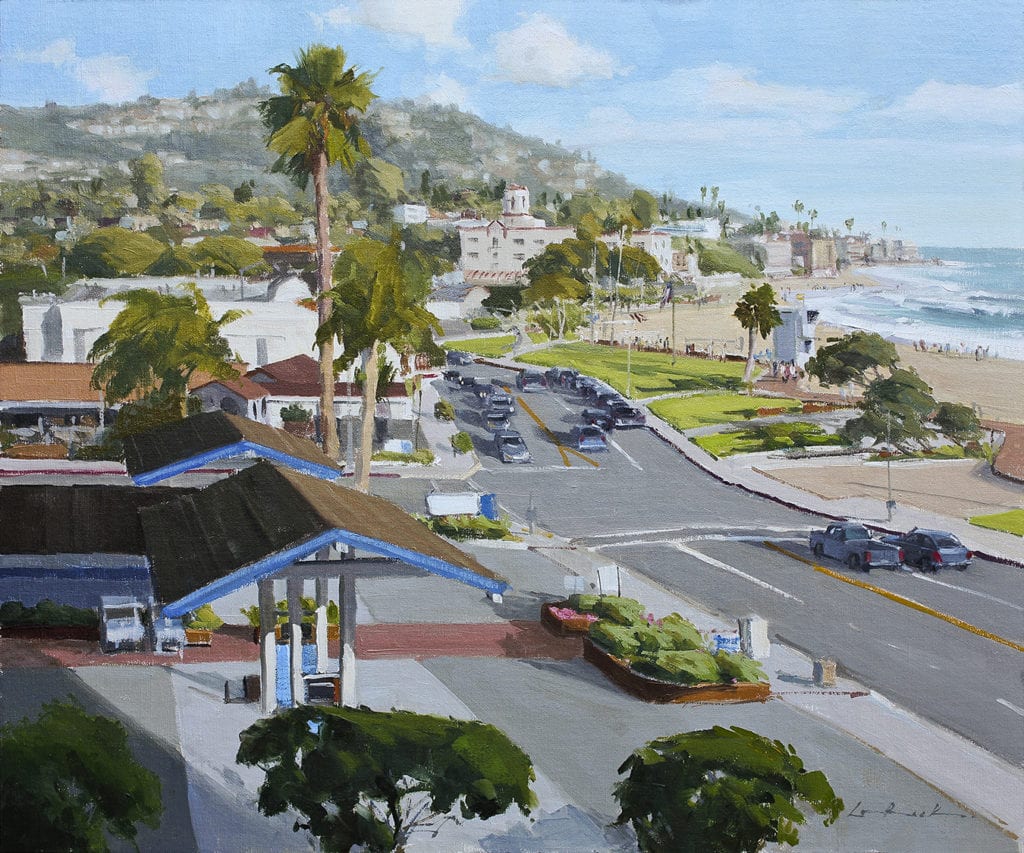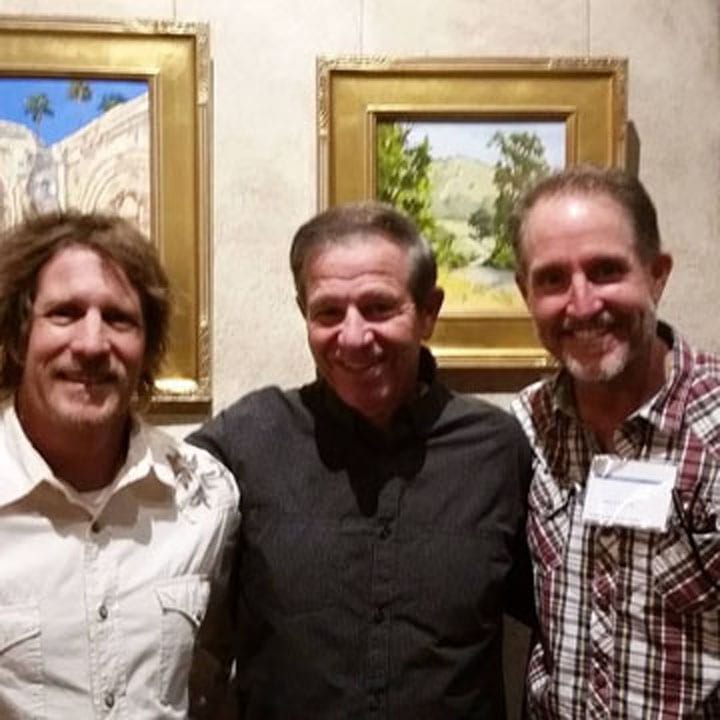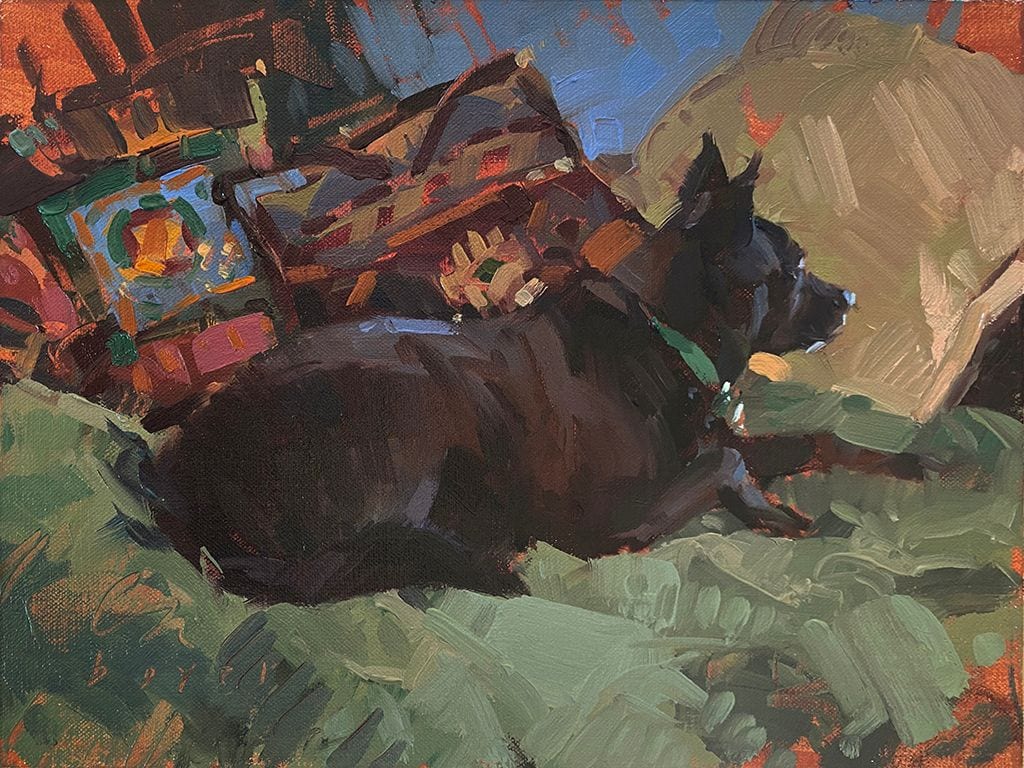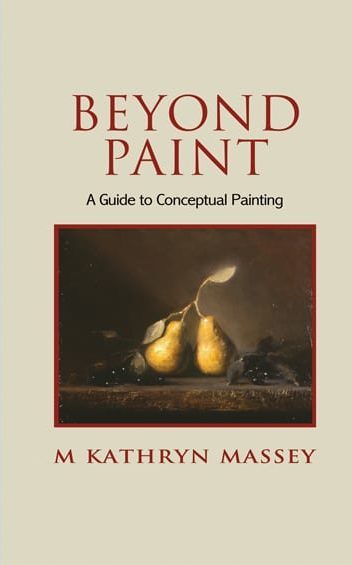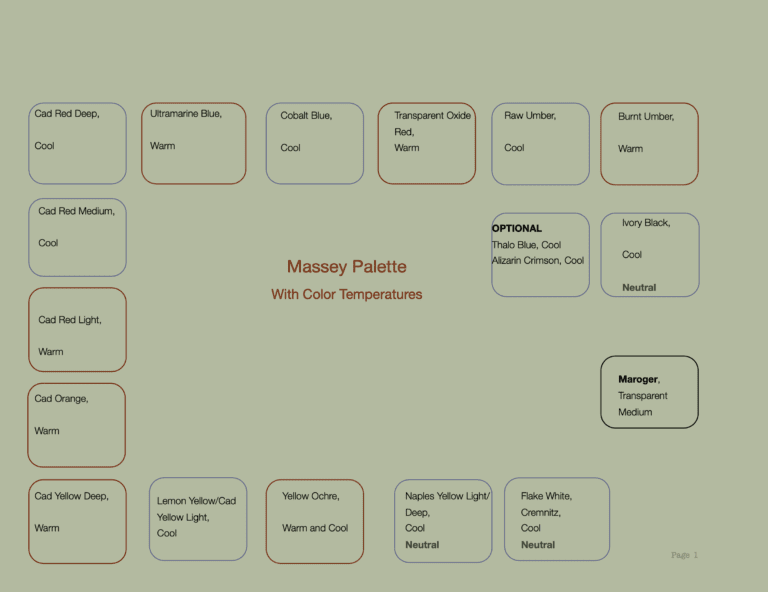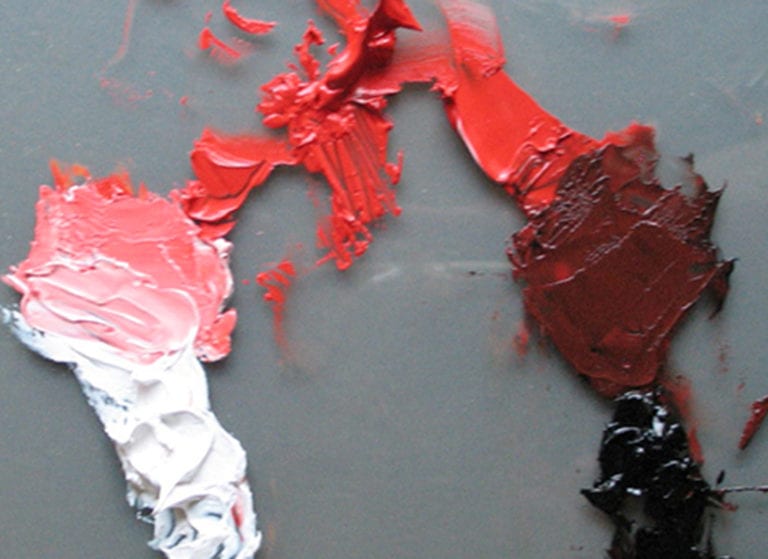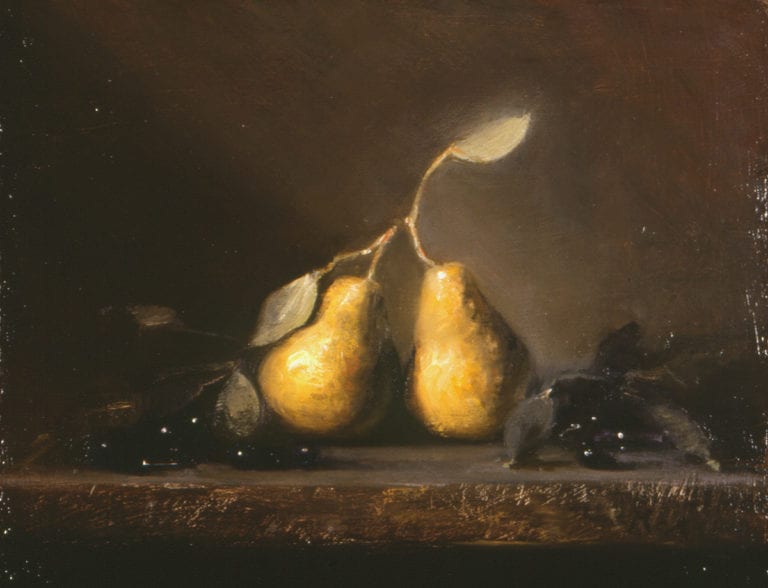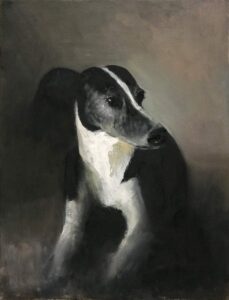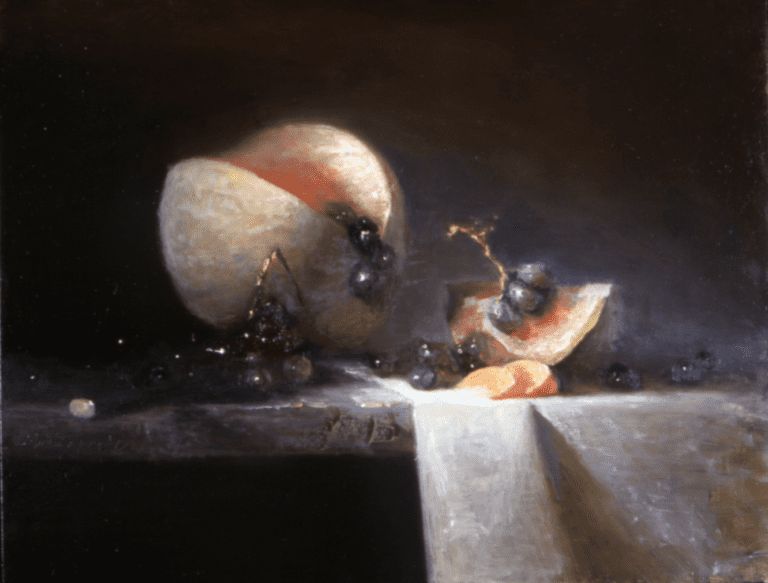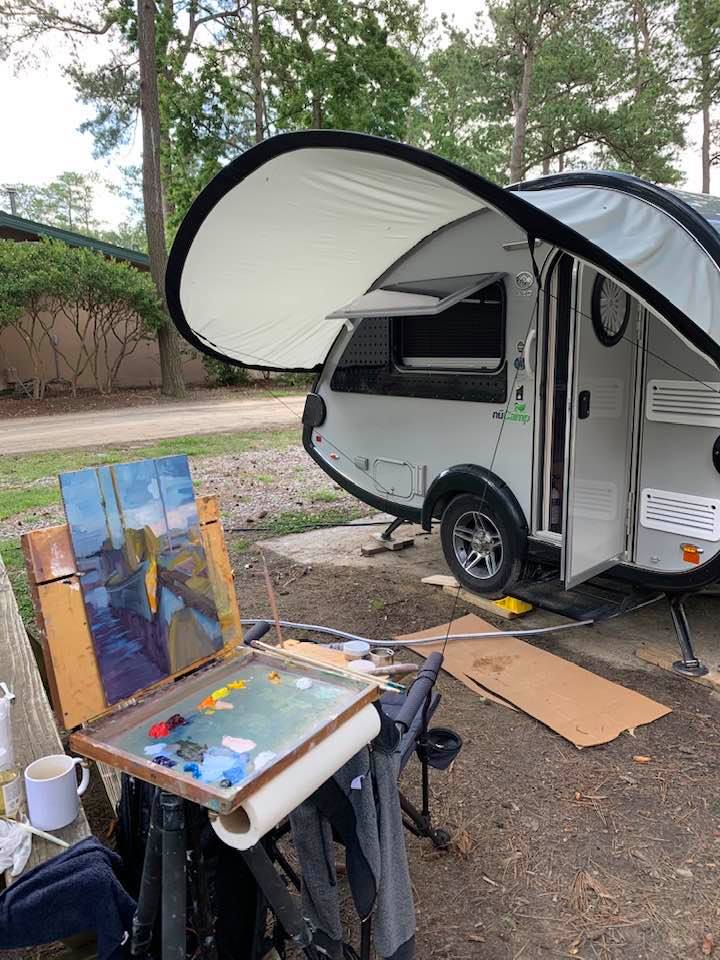
I’ve always had a gypsy soul, climbing high in the trees, wandering the fields and exploring the Finger Lakes where I grew up. The youngest of three girls, no one really paid attention as long as you were home by dinnertime. Our house looked over the Genesee Valley and I would sit on the back porch facing west, and look at the patterns of fields, hills and river. I remember even back then I was fascinated by the blues and greens of the landscape. (I think the landscape work of Wayne Thiebaud speaks so strongly to me for that reason.) This wanderlust has been a great asset for a plein air painter.
While raising two children I became a graphic designer and illustrator in Rochester for a major corporation. It was a great career as I got to explore all types of mediums, create some interesting work and learn the marketing end of business. After moving to Charleston, SC, I took up oil painting. I began to paint with others artists and followed them around as they showed me the city, the marsh and the coast. I discovered the beauty of the Lowcountry, painting outside with friends or by myself, then teaching workshops en plein air.
Traveling to teach and paint has been just one of the great benefits of the career I have chosen (or did it choose me?) I was fortunate to start teaching workshops in Italy, France, Argentina, and on the eastern coast of the US. Traveling and painting with other talented, dedicated people, who also don’t mind getting up at the crack of dawn to “catch” the light, has brought me great joy and inspiration.
I also have a daughter and two grandchildren in Paris whom I visit once a year. In 2016 I rented an apartment and explored and babysat for 3 months — a baguette and painting on the Seine is “the life!” I took my 9 year old granddaughter out to sketch in the streets, and she turned to me and said “This is the best time I’ve ever had!” Another convert.
But it all changed in March 2020. I was in Paris painting, ready to travel to Provence with other painters, when Covid hit. Museums were closing, there was talk of shutdowns, and the writing was on the wall, so I reluctantly came home. After two weeks, the borders closed in the US, and knew I was going to have to adapt to this new confinement.
Going into the studio was hard the first few months and I knew I needed to find something to inspire me. I am a true believer in the “process” of painting and think we all need a purpose in our lives, and I was not sure what that was at the time. I knew I couldn’t travel to Europe anytime soon. Since I couldn’t travel outside the country, I decided I would travel within. So I started researching campers, which was something I had always wanted. Social distancing is easy with a camper, and it would allow me to explore places in my own country.
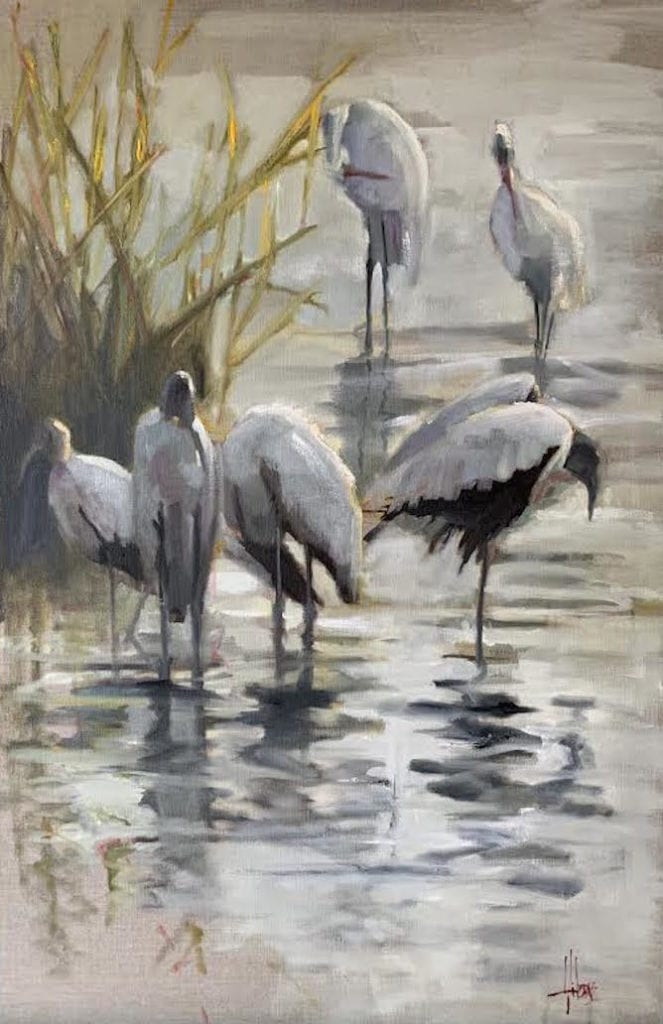
“ChaChing,” (like a boat, you’re always spending money on it) my T@B Nucamp320 has been the perfect solution. Queen size bed, bathroom, sink, two burner stove, frig and A/C all in a 13ft by 6ft space. Amazing engineering.
All my paint supplies pack neatly into the back of the car. Since I have a limited palette (Alizarin, Ultramarine blue, Cad yellow, Cad red medium and cobalt – with blue black occasionally) and use only a few other pieces of equipment (primed panels, and an Open M box and tripod, paper towels and Gamsol) there is plenty of space.
The challenge was learning all the technical and manual things that go along with owning a camper. I had been married for a long time and never read manuals, so here I was with the daunting task of managing this tear-drop shaped trailer in my driveway. I approached it with the “How to Eat an Elephant” strategy – one bite at a time. Perseverance and YouTube has gotten me through.
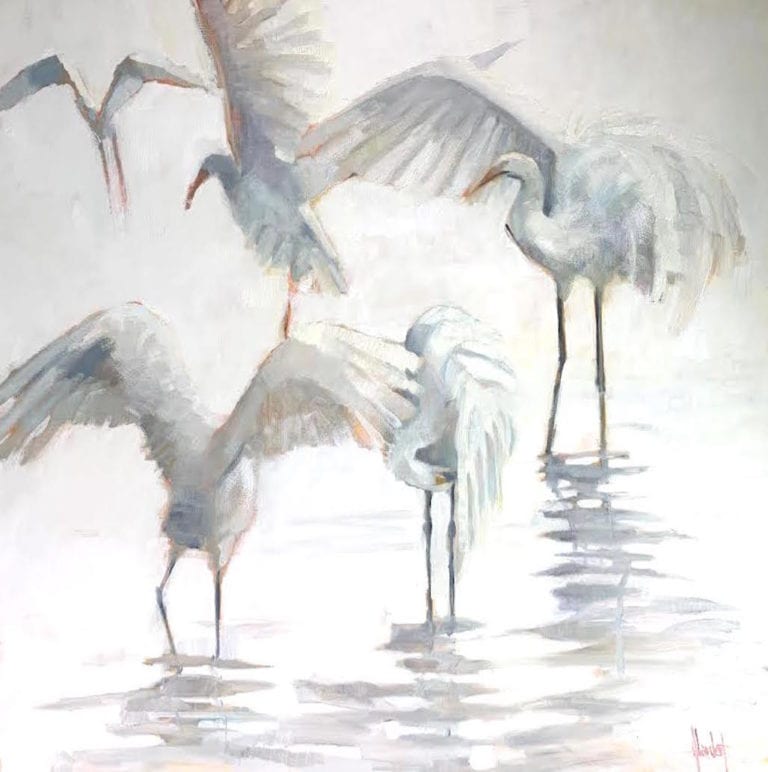
My maiden voyage was to Greenville, North Carolina for a show at the City Art Gallery. I packed the camper with paintings, dropped them off at the gallery, went to the first campsite, set the camper up, and attended the show. I then explored the eastern coast, learning and painting along the way (Lesson #1 – Always make sure the pin is in the hitch!)
Staying in one place for a few days has given me the benefit of time spent on researching and photographing the birds in each area – egrets, ibis, woodstorks, and Rosetta Spoonbills, if I’m lucky. I try to get out as early as possible to sit and sketch and take photos to use back in the studio. Sunlight through bird wings, ripples in water, the sun coming up or going down — these are all things I strive to capture. Since I paint in series, mostly of places where I’ve traveled (France for still lifes and street life, Colorado for horses and bison), birds have become a large part of what is on the easel these days. The Southeastern Wildlife Exposition is in February here in Charleston, and a large part of the show consists of paintings from the road.

The next voyage was to the Cashiers Paint Out in the mountains of North Carolina. Camping with a friend who had brought her tent, we set out painting the hills, wildflowers, horses and waterfalls. In other years, the community hosts all of the painters, but this year I felt very comfortable staying distanced for my safety and theirs – cozy in my camper.
As plein air painters, we are accustomed to being by ourselves or out concentrating on our work as people chat with us, so it’s not that different. Painting the landscape was different though, as the greens and blues are very challenging coming from the lowcountry colors. I had never painted waterfalls before, so I had to remind myself “It’s just pieces. Put them down and they will form an image.” I think getting out there and pushing your boundaries can bring a freshness and depth to your work. The “process” of painting is what thrills me and tackling new palettes and subject matter is so rewarding.
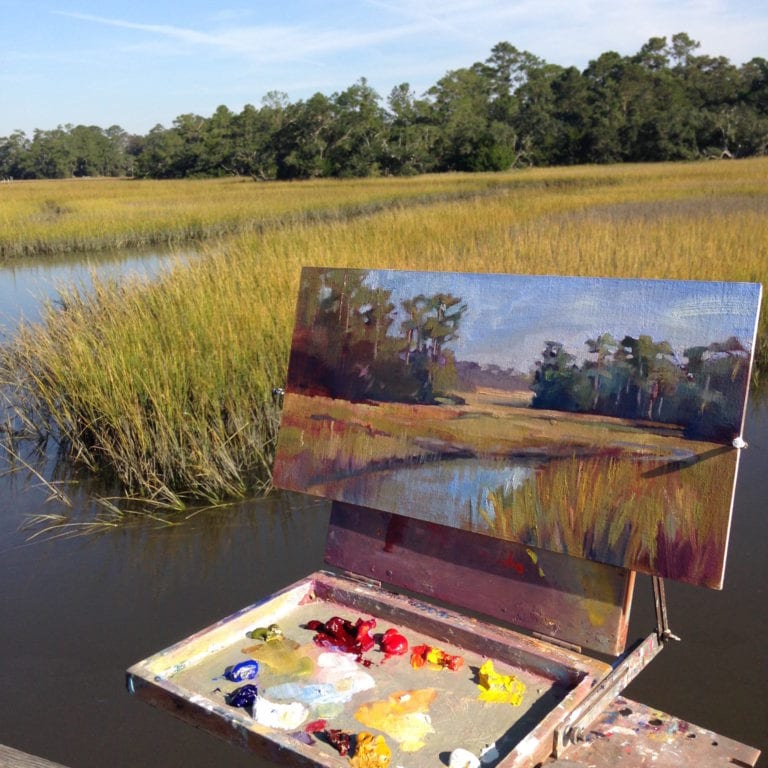
Cautionary warning: Do not trespass on people’s property in the mountains. They do not care if you want to paint their cows and barns!
The rest of the summer and fall has included trips to Hunting Island, Huntington Beach, Hilton Head, the Cartersville Museum of Western Art in Georgia, and Edisto Island.
I’m back home and packed up now until the end of February. We’ll see how the vaccines are going, but I’m planning a trip through the Appalachians to the Finger Lakes. Maybe a trip out West. Let me know if you want to meet up for a camping and plein air adventure.
Happy painting.
